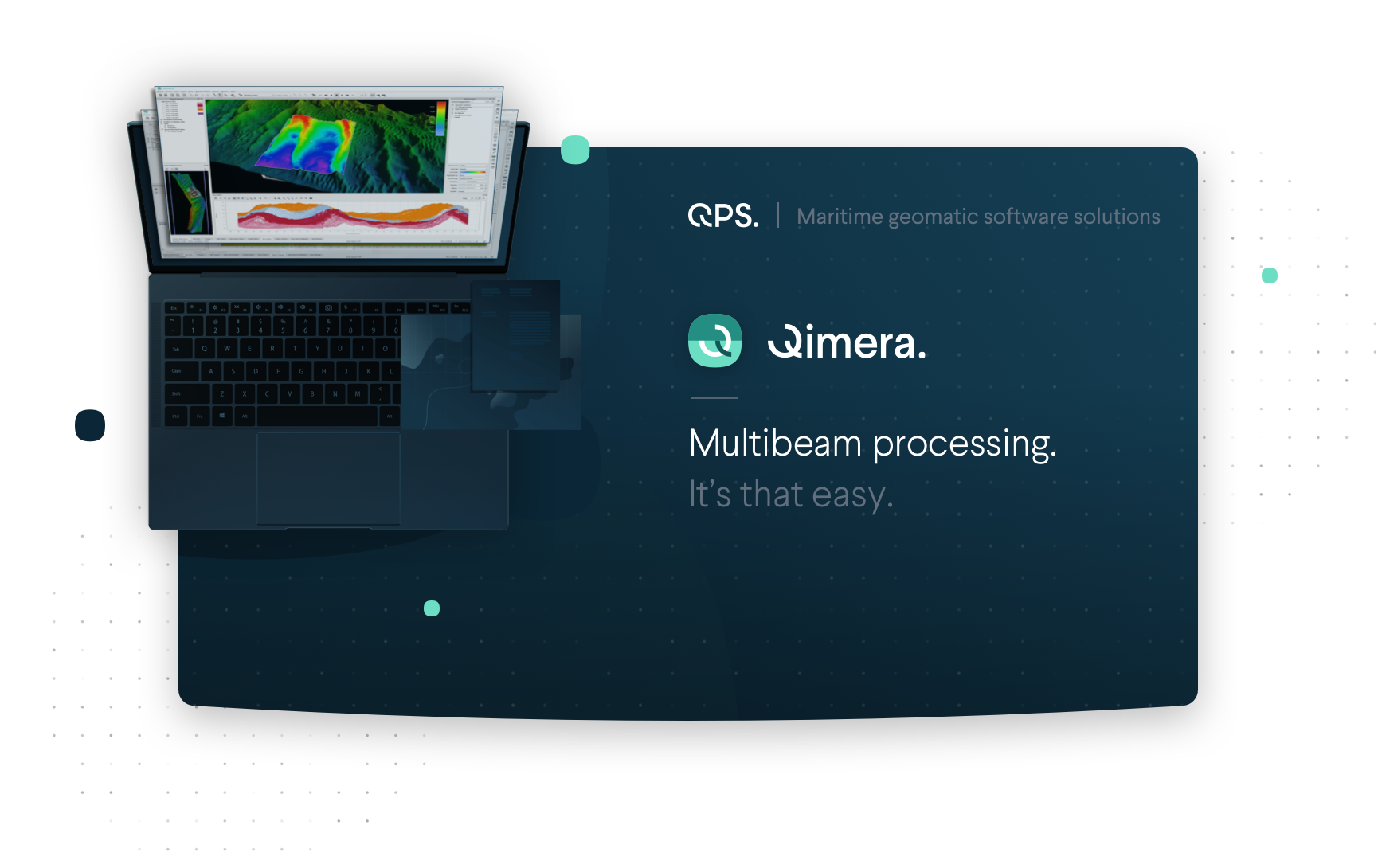Qimera Reference Manual

Introduction to Qimera
With currently available software, hydrographic data processing can be challenging even for the most experienced users. While software generally advances alongside hardware and processing methods, frustrations remain due to the fact the onus to arrive at a successful solution still relies mainly on the human operator. Namely, they must connect many, if not all pieces together to arrive at the final processing solution. Issues arise most often with the latter as the culprit. Humans can make simple errors when transcribing vessel configurations, or moving from one coordinate frame convention to another, while moving among or between software applications in their workflow. Human error can also arise when importing ancillary data, yet failing to associate it with the correct data files. Altering processing configurations and failing to trigger the appropriate reprocessing for all, or select files is also a common error. Simply put, any error in the process, albeit minor can lead to poor results in the final product; time allocated to troubleshooting the source of the problem results in project delays and reduced efficiency.
Paradigm Shift
A paradigm shift is a fundamental change in approach or underlying assumptions. With the release of QPS Qimera, we are striving for a paradigm shift by automating mundane and error prone tasks for which computers are ideally suited in order to allocate the energies of the user wisely. For instance, data transcription, processing state management and job scheduling are now automated. Conversely, Qimera isolates the stages of processing in which a human brings value to the process, such as processing configuration management, data validation and review.
Easy
Qimera is an easy to use and powerful sonar data processing application, designed to process, analyze and visualize multibeam echosounder data. Built using core QPS technologies, Qimera naturally supports the QINSy data logging format in addition to sonar file formats from other hardware and software manufacturers. Qimera intelligently and interactively guides the operator through the typical data processing stages; simplifying what traditionally has been a complicated convoluted process. Qimera's Dynamic Workflow™ greatly improves the operator experience when processing hydrographic data by allowing users to configure the application to respond immediately to their actions; all data products and intermediate files are automatically updated after each action. If the user edits data or modifies a processing configuration, Qimera can queue the appropriate reprocessing steps and update all derivative products. Qimera uniquely remembers what actions and settings have been applied to the project data, and will highlight files that need further processing actions in order to complete the workflow.
Efficient
Qimera extracts as much information as possible from incoming data files, including all ancillary data and survey vessel information, such that users who configure this information correctly during acquisition can immediately begin processing without the hassle of configuring a project. Users who come to Qimera with data that is fully populated with ancillary data and vessel information can create map products and review their data within minutes.
Powerful
Qimera offers the typical complement of multibeam data review and editing tools such as a Time-Series Editor, Sound Velocity Profile Editor, a Patch Test Calibration Tool as well as advanced tools such as the Wobble Diagnosis Toolkit for troubleshooting common sensor installation/integration issues. Using the latest computing technologies, the unique I/O Balanced Multi-Core engine in Qimera is specifically designed to process sonar data as rapidly as possible. All processing is done as a background task which allows the user to continue to interact with the project.
Qimera Dynamic Workflow
- Qimera Direct to QPD Process
- Qimera Clear All Flags Process
- Qimera Match QPD Process
- Qimera Match Water Column Process
- Qimera Metadata Extraction Process
- Qimera Re-Nav XY Process
- Qimera Re-Nav XYZ Process
- Qimera Re-Nav Z Process
- Qimera Sound Velocity Correction Process
- Qimera Update Spatial Index Process
